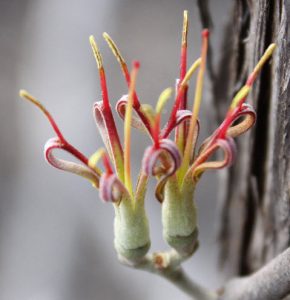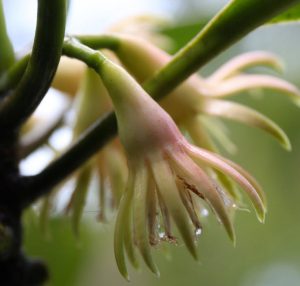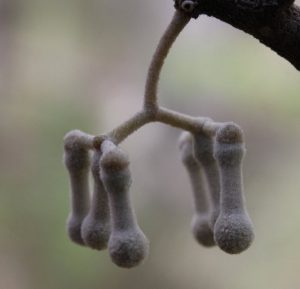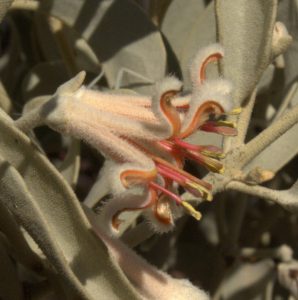Some great images of interesting and unusual parasitic plants have appeared in the ALA recently. They have been added by parasitic plant enthusiasts Roger Fryer and his partner Jill Newland, who run a photographic website called North Queensland Plants. We contacted them to find out more about how they use the ALA.
The North Queensland Plants website started from Roger and Jill’s interest in mistletoes and insectivorous plants, but now exhibits hundreds of images of plants in the wild from all over Australia.


Through the website, Roger and Jill have developed a reputation and now receive requests for images and identification help from government organisations, as well as amateur and professional botanists both here and overseas.
“We get images sent to us for identification and we try to help where we can, sometimes using the ALA. We know our website is recommended as an identification tool by ID courses at the Australian Tropical Herbarium (ATH) in Cairns,” said Roger.
Roger and Jill are adding selected images from their collection to the ALA for species which have either no images or a very limited number of images.
“We are interested in extending the range of species in the ALA, particularly of the mistletoes. Using the ALA also enables us to determine distribution patterns and to work out whether newly collected specimens are from areas outside known populations,” Roger said.


Roger works as a volunteer at the ATH and uses the ALA to help plan routes for his and Jill’s collecting trips. Recently, he and Jill collected voucher specimens and DNA samples of mistletoes from across the top of Australia to support a potential programme for the worldwide DNA analysis of Loranthaceae, a family of mistletoe plants.
“ALA data, especially images of flowers and information on fruiting times, helps us to plan the timing of collecting trips. We also use vegetation mapping layers in the Spatial Portal to find areas where we might find new populations.”
Please contact us if you would like to share how you use the ALA.